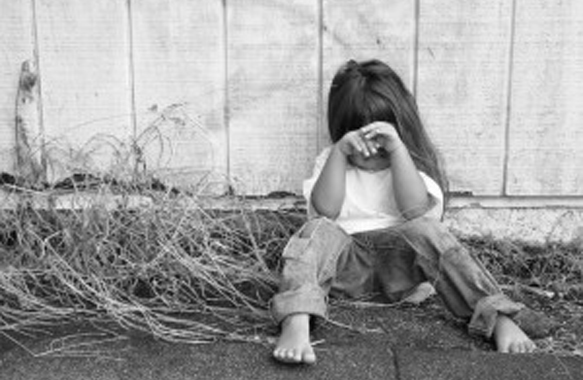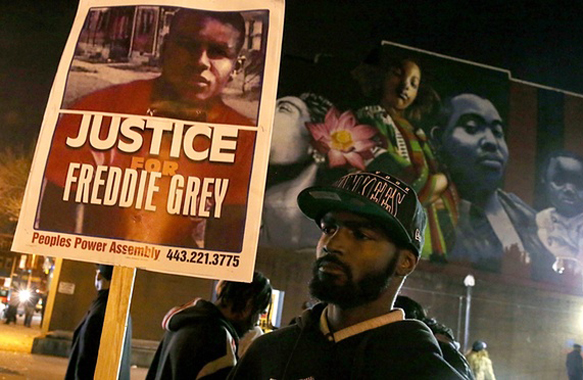By Rebecca Klein Huffington Post. July 30, 2014 Updated: 6:59 PM EDT
A new study offers more evidence that segregated schooling is bad for students.
The study, from the University of North Carolina, Chapel Hill, used previously compiled data from the Department of Education to track how first-grade students’ reading abilities change over time, depending upon whether they attend a racially segregated or integrated school. It found that black students in segregated schools tended to make smaller gains in reading than their black counterparts in more integrated schools. This held true even when researchers accounted for black students’ backgrounds.
The study defines a segregated school as one where 75 percent of its population is made up of minorities. Researchers used data from the 1998 – 99 Early Childhood Longitudinal Study on about 4,000 first-graders nationwide.
When accounting for the differences a student’s background might have on their first-grade reading ability, the study’s researchers looked at the concentration of school poverty, the years of experience students’ teachers had and the type of literacy curriculum used by the teacher. Even after accounting for these factors, however, black students in segregated schools were still performing worse, researchers found.
“When similar groups of first-graders do better in one type of school than another, then it must be some aspect of the school that accounts for the difference,” Kirsten Kainz, the director of statistics at the university’s Frank Porter Graham Child Development Institute and the author of the study, said in a press release. “This study goes further than any other in being able to say, ‘It’s not the kids.'”
The same trend did not necessarily hold true for Latino or white students, researchers found. Kainz told The Huffinton Post she isn’t sure why this is.
Still, she said, the study’s results indicate that policymakers should revisit the impact of segregation.
“We found no reason to believe that the negative impact in first grade is a function of
The researchers also point out that although their study accounts for the impact a teacher’s experience level might have on a student, it does not account for the broader effects high teacher turnover rates might have on segregated schools. Because of this, the study says “it is important to consider alternative specifications of individual teacher experience and school-wide teacher experience as potential explanations for the negative effects of segregation on student achievement.”
Furthermore, the study points to previous research on Latino students, indicating that school poverty might have a greater influence on Latino academic achievement rather than school racial composition.
The study comes on the heels of the 60th anniversary of the Supreme Court’s Brown v. Board of Education decision, which led to the official desegregation of American schools. However, recent research from UCLA’s Civil Rights Project shows that schools are on a path back to pre-Civil Rights era levels of segregation.
“The growth of segregation has been most dramatic for Latino students, particularly in the West [of the country], where there was substantial integration in the l960s, and segregation has soared. A clear pattern is developing of black and Latino students sharing the same schools; it deserves serious attention from educators and policymakers,” that previous study said.












Leave A Comment